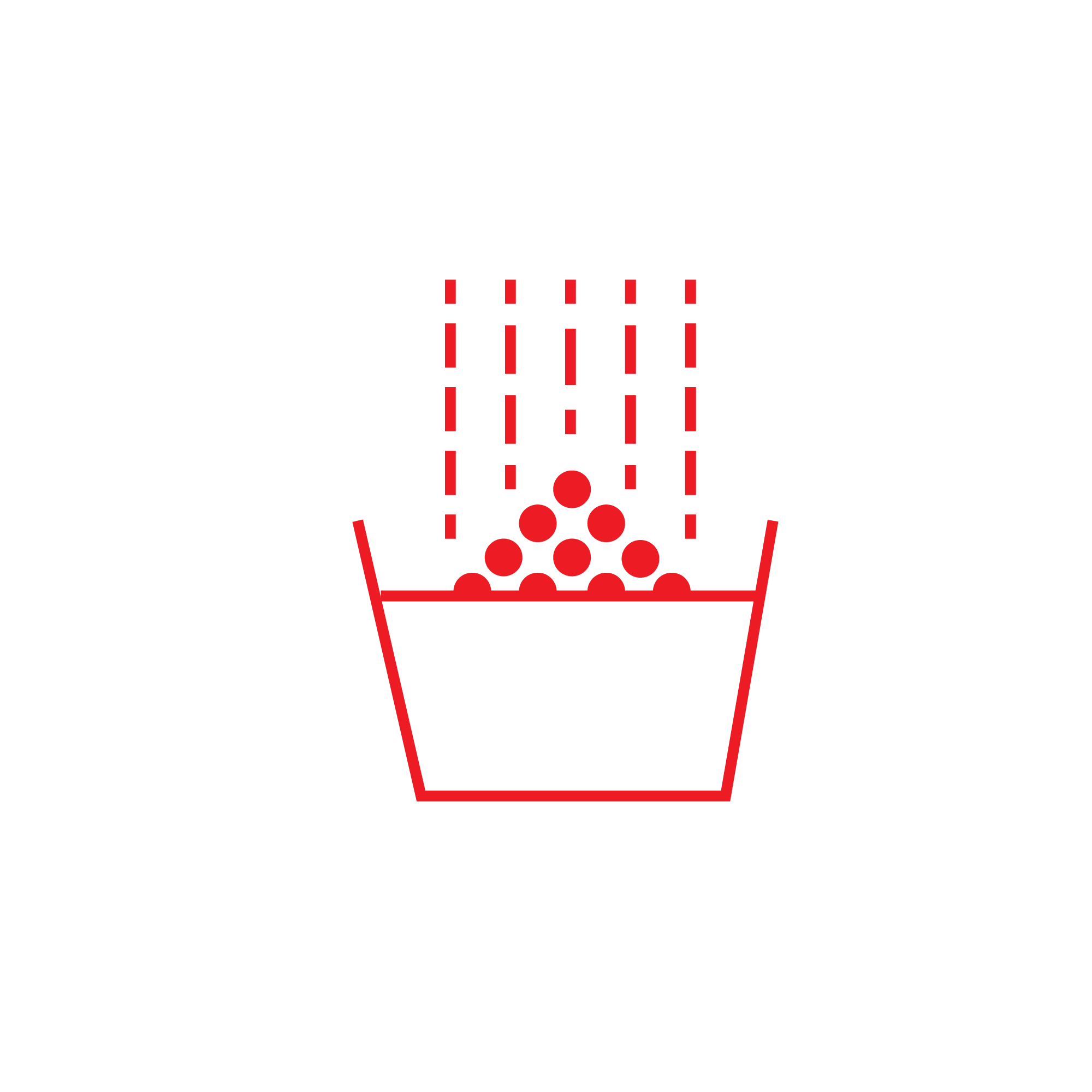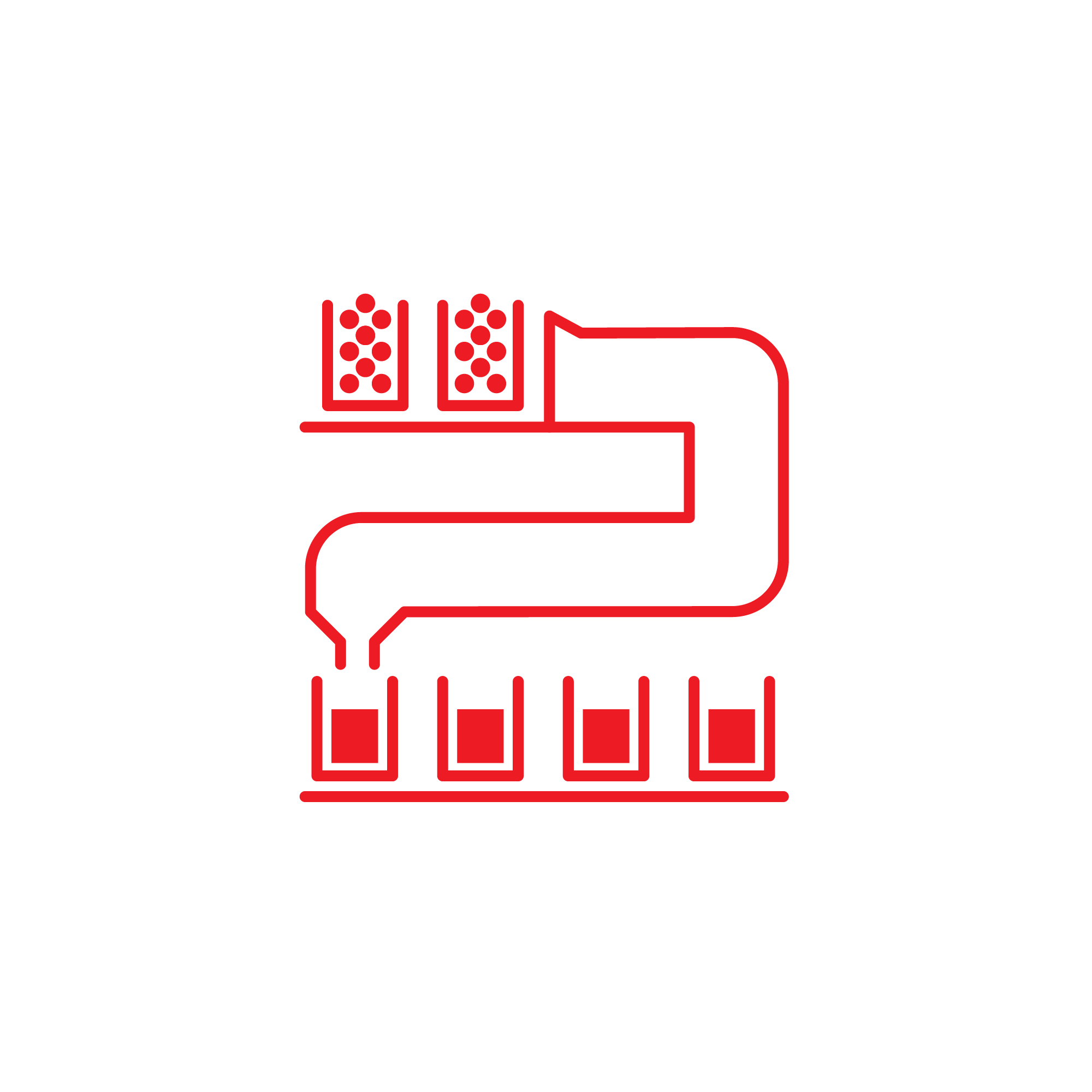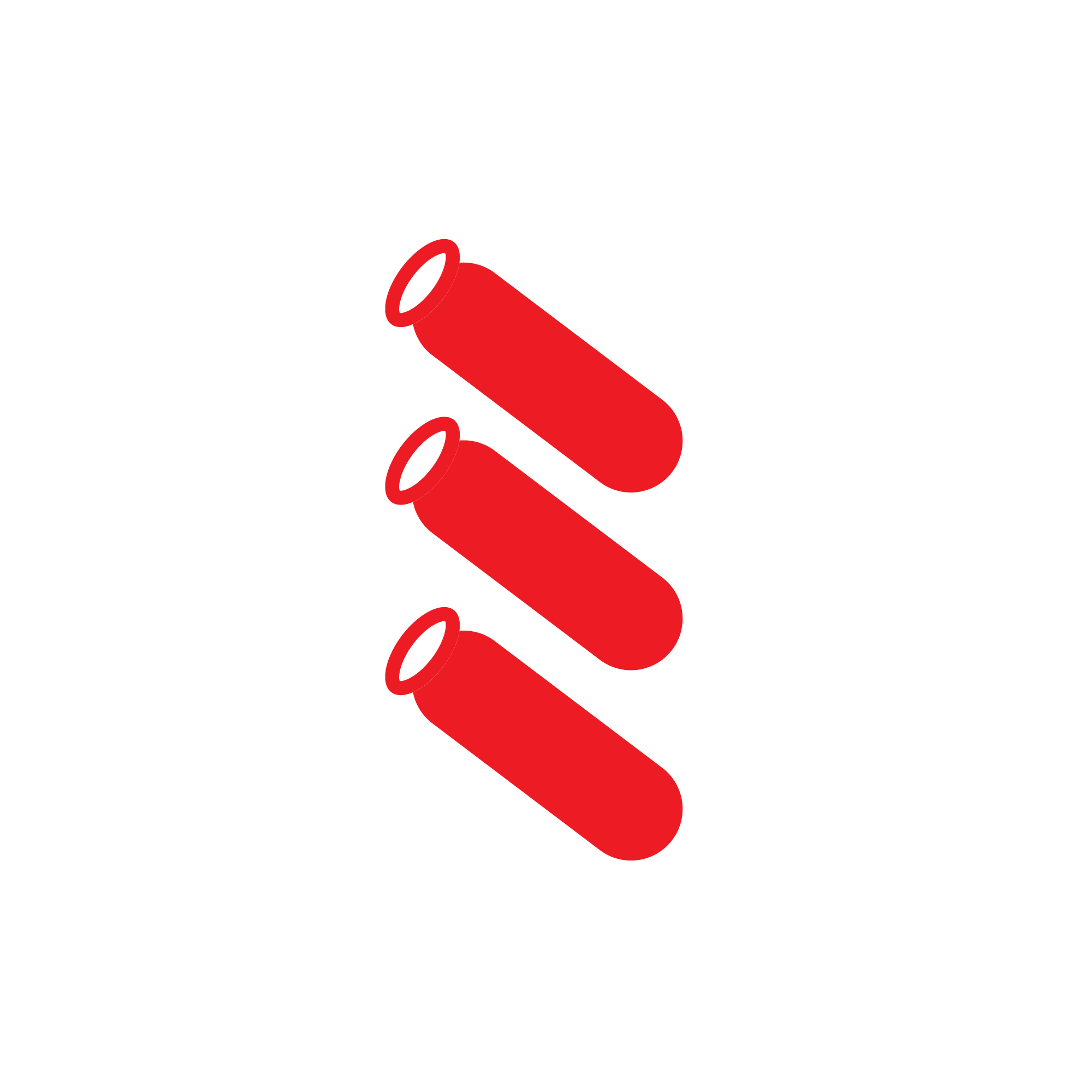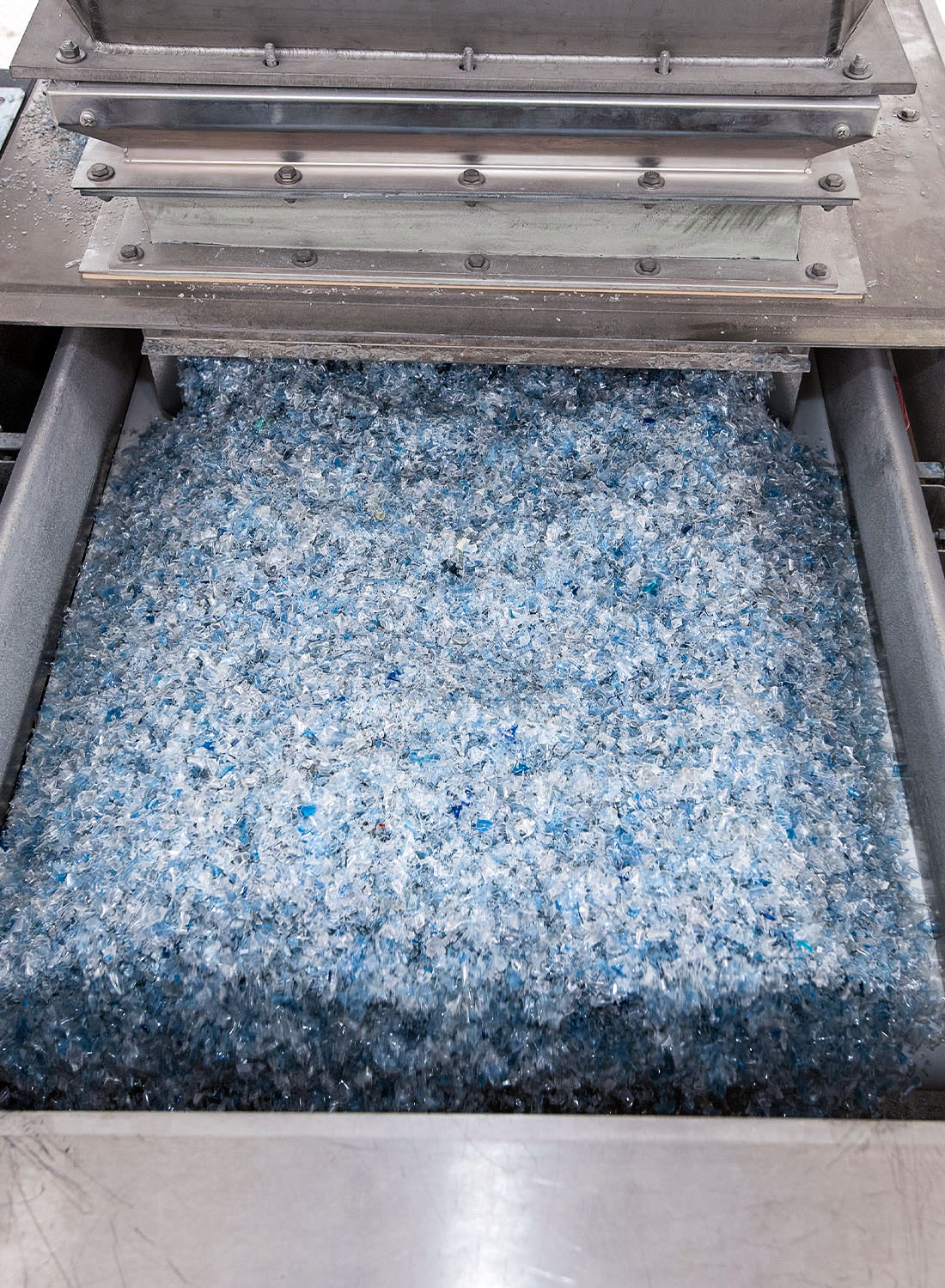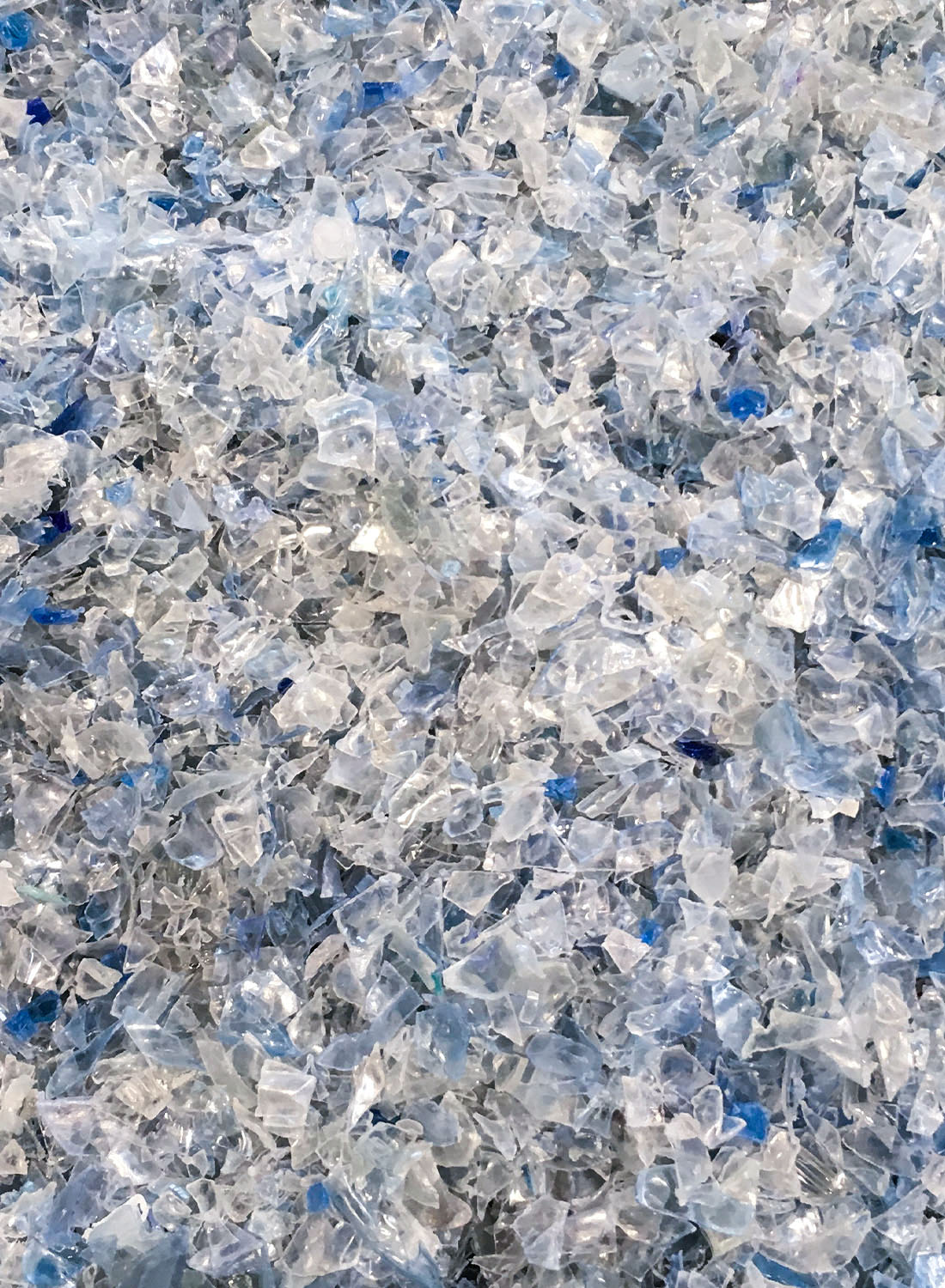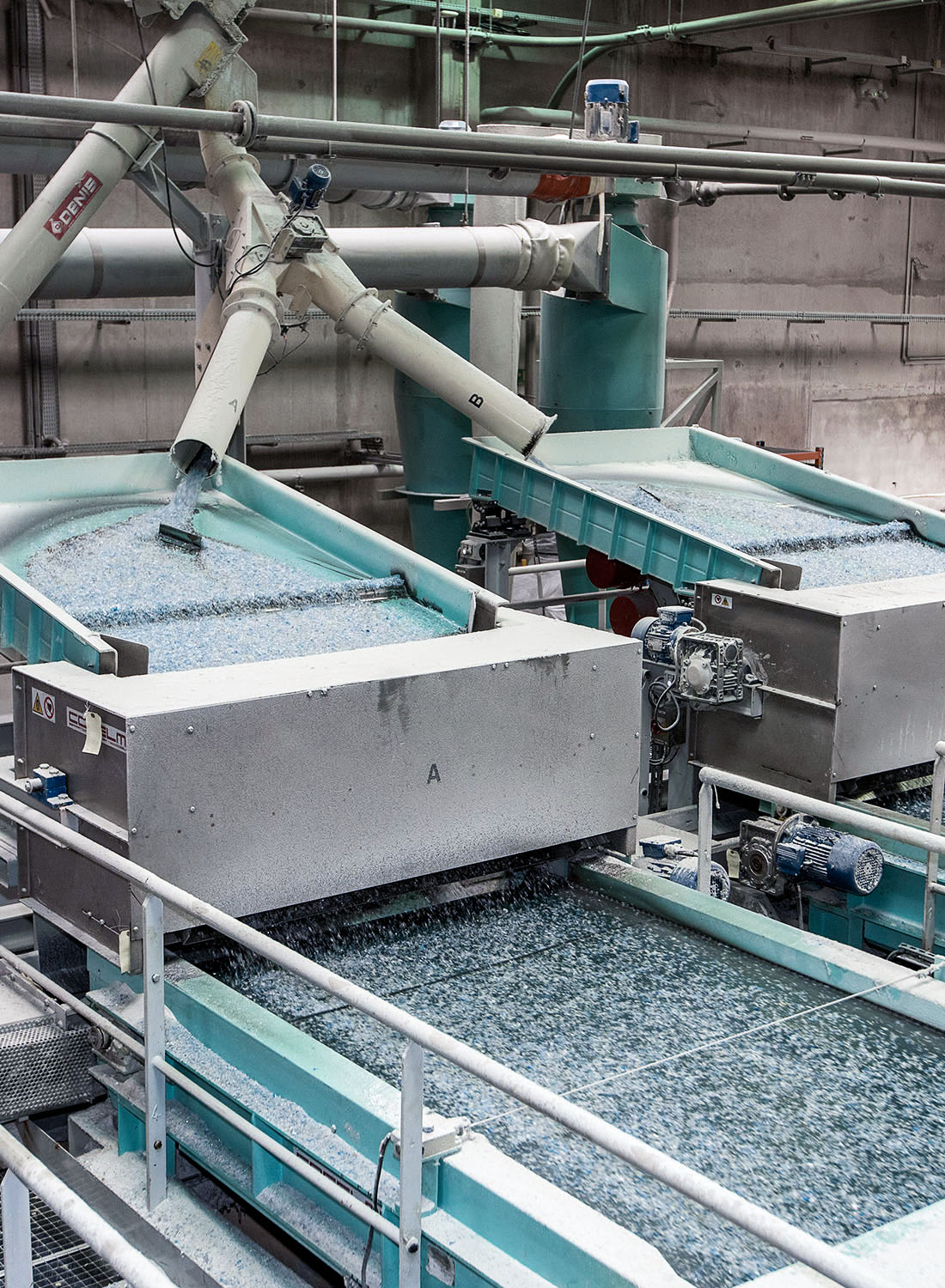The sorting centres separate the packaging contained in the sorting bins according to their material: cardboard, aluminium (cans), steel (tins), and the different types of plastic (HDPE, PET, PP, LDPE, PS) and their colour.
Each category of packaging is then compacted into bales to facilitate transport.
The bales that arrive at the Plastipak Beaune plant contain clear PET (polyethylene terephthalate) bottles with their caps and labels.
These bales are stored at the entrance to the factory. An initial quality control is carried out as soon as the trucks are received.
Indeed, the bales also contain some unwanted packaging made of other materials and plastics.
The clear PET bottles that enter the plant are pre-washed, de-labelled, sorted and crushed into flakes.
These flakes are then washed and rinsed in a process that allows the wash water to be reused, thus saving water.
The flakes are then separated from the corks using a flotation system.
The flakes are then sorted to remove any residual foreign material that was not separated in previous steps.
Extrusion is a manufacturing process whereby a material is compressed to form a long and/or flat product. Extrusion is applied to a variety of materials: metals, plastics, rubbers, clay, pasta, etc.
For PET, the flakes are put under pressure in screws and heated by friction until they melt (260°C). The liquid plastic is passed through holes, forming filaments. These are cooled with water and then cut into pellets.
They will undergo two stages in order to be suitable for food contact again :
- Crystallisation: the amorphous PET pellets are heated to a temperature of 200°C.
- Polycondensation: successive condensations of the material are carried out to remove the last by-products present in the material (water, etc.). This operation, in the presence of nitrogen, lasts 16 hours.
Injection moulding allows the production of parts in large or very large series, and is used in a large number of manufactured products: automobiles, household appliances, computer equipment, furniture, etc.
The PET pellets are dried and then fed into a screw conveyor, which is heated to over 285°C. The PET pellets are melted. This material is injected under high pressure (180 bar) into a mould with the shape of the desired preform. The preform is then cooled with ice water for a few seconds and then ejected. All of these steps constitute a cycle, lasting 7 to 15 seconds.
For blowing, the preform is enclosed in a mould with the desired shape. The mould consists of two half-shells and a removable bottom, for demoulding. The blowing nozzle is applied to the neck, and compressed air is injected to press the material against the mould. The blowing pressure is a few tens of bars. The polymer cools on contact with the mould, which freezes the part in its final shape.
The blowing stage must be carried out under very strict hygiene rules in order not to contaminate the future liquid that will be present in the bottle.


